A Black cab tour of Belfast is a must for any student of history or person seeking a better understanding of “The Troubles”.
Earlier today I wrote about the 20th Anniversary of the Good Friday Agreement, which marked the beginning of the end of conflict in Northern Ireland.
Even so, bitter division remains and the scars of the conflict are still undeniably visible.
In Belfast, taxis can be hired not only for transport, but for tourism. Near our guest house, we found a taxi office offering this service. There, we hired Paddy to take us around town.
Paddy was proudly a Republican (he wished to see Northern Ireland become part of Ireland) and quite keen to show us the city from his perspective.
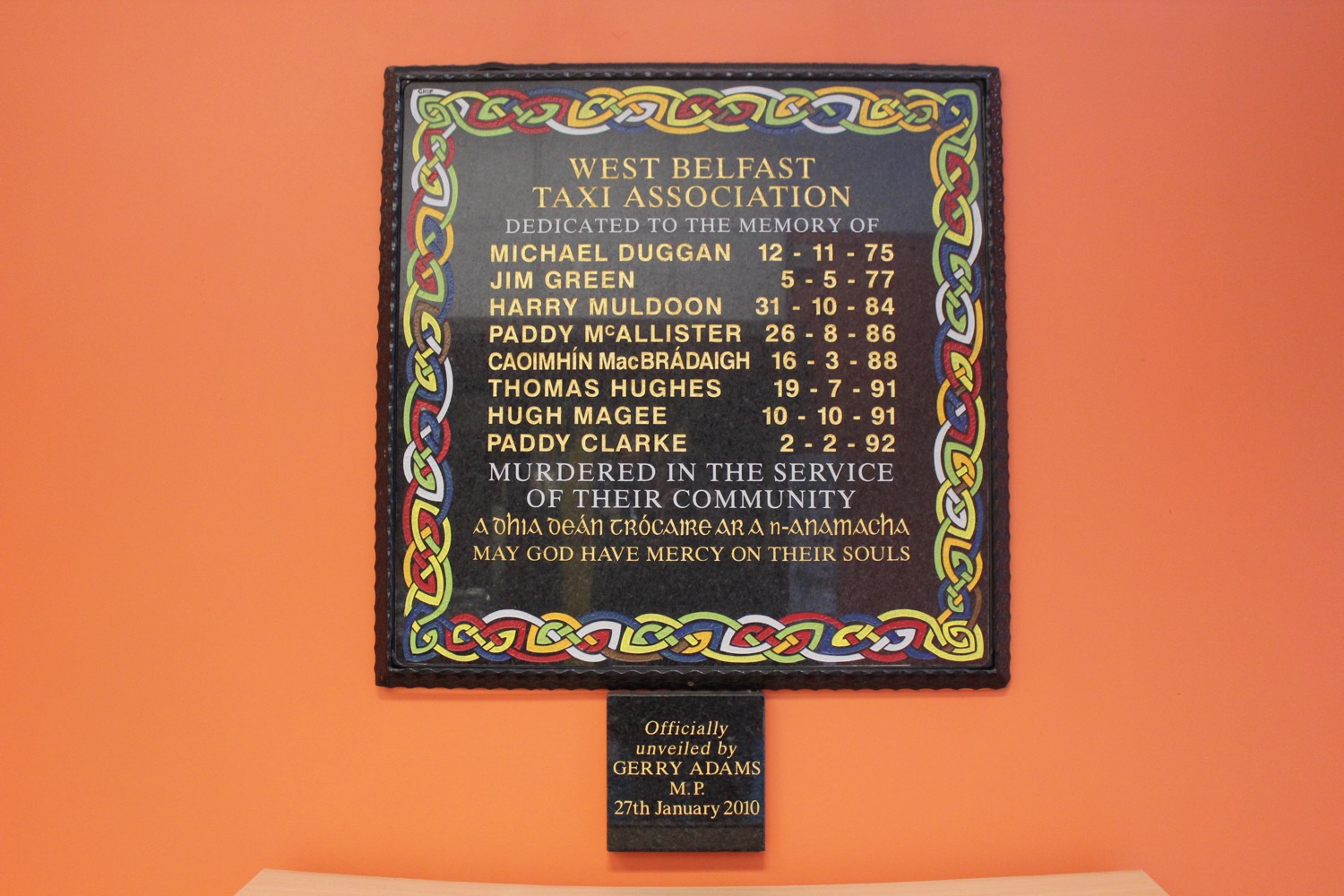
Our tour included both Republican and Loyalist (those who wished to remain part of the United Kingdom) neighborhoods. We stopped at many sites of conflict and viewed many murals.
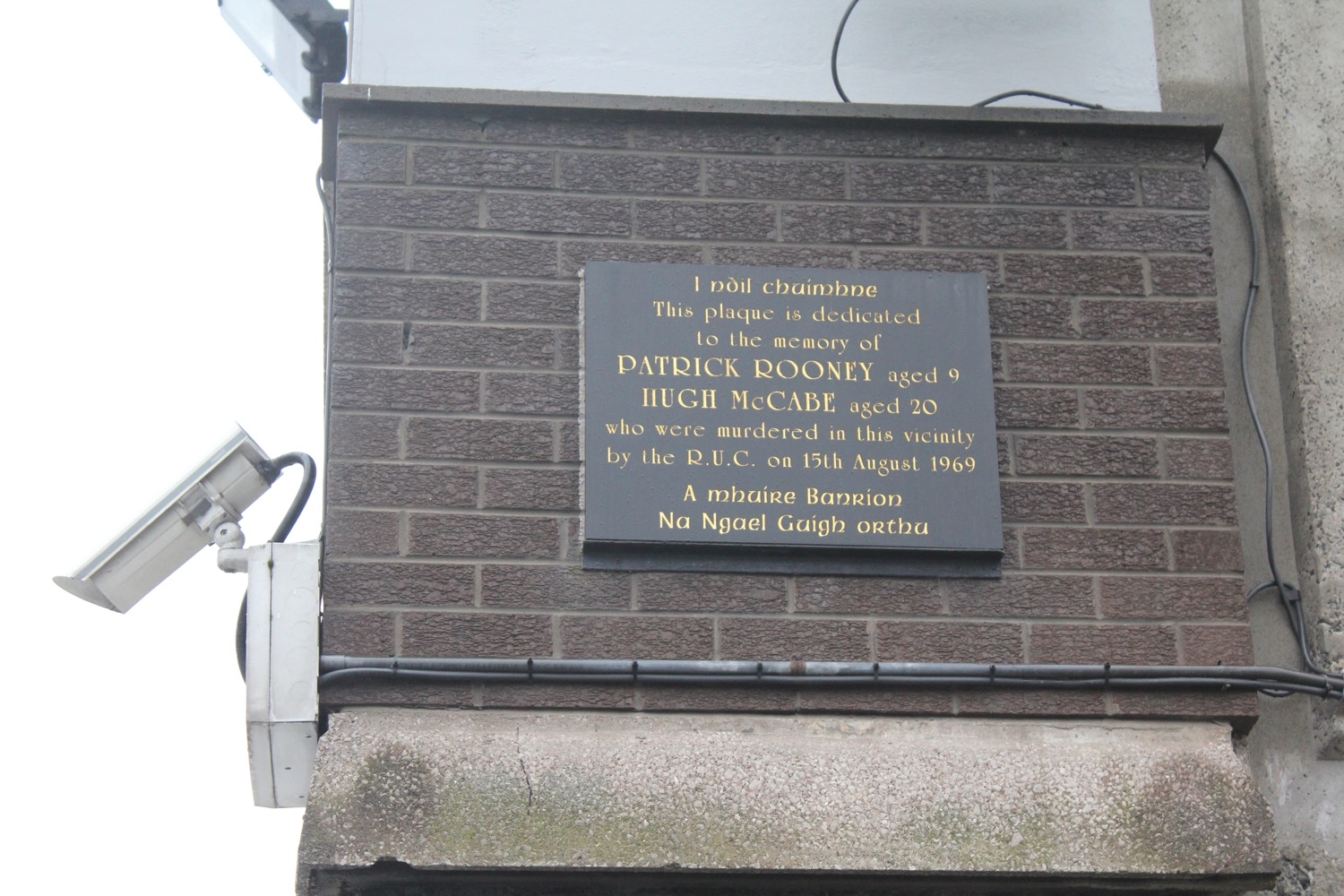
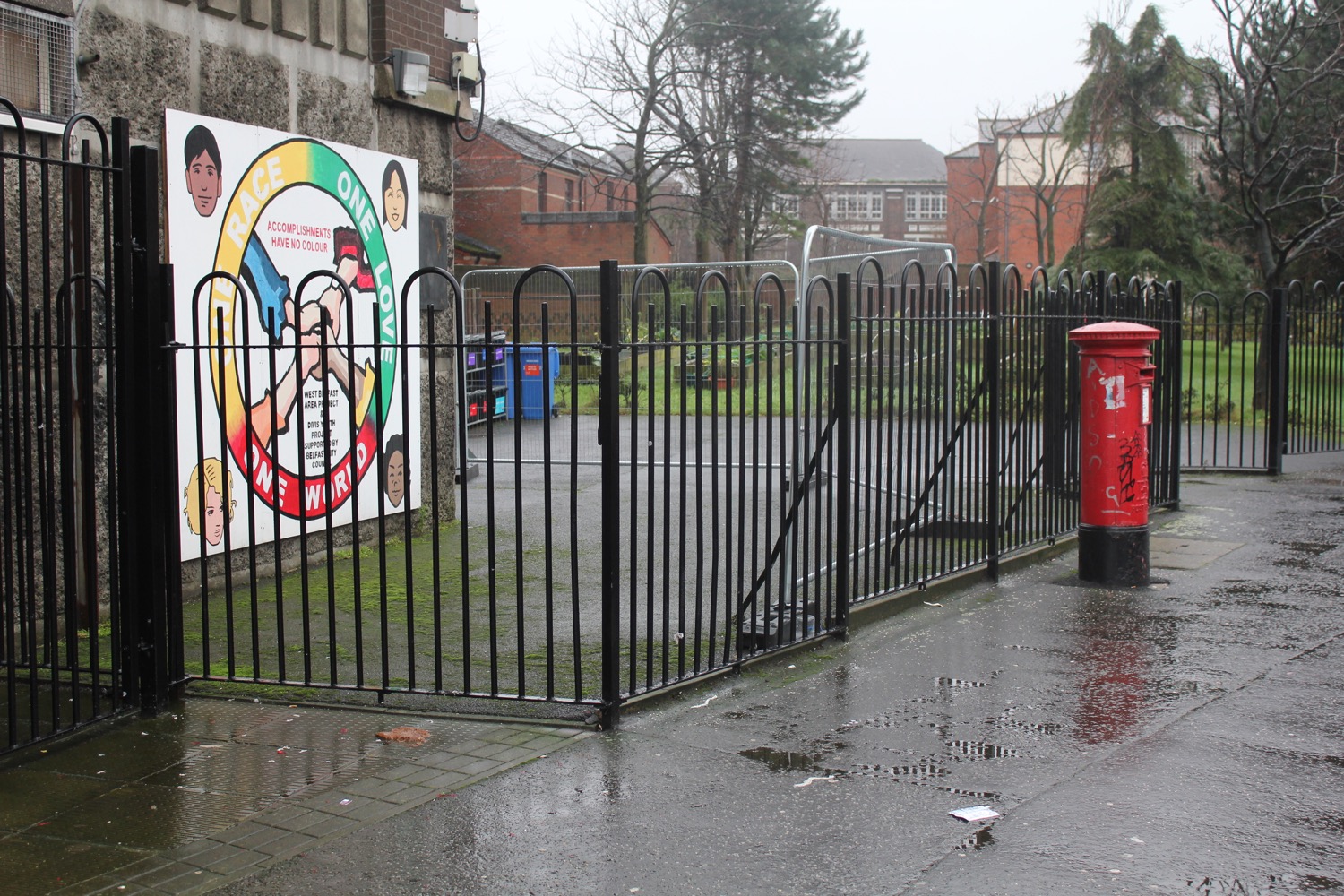
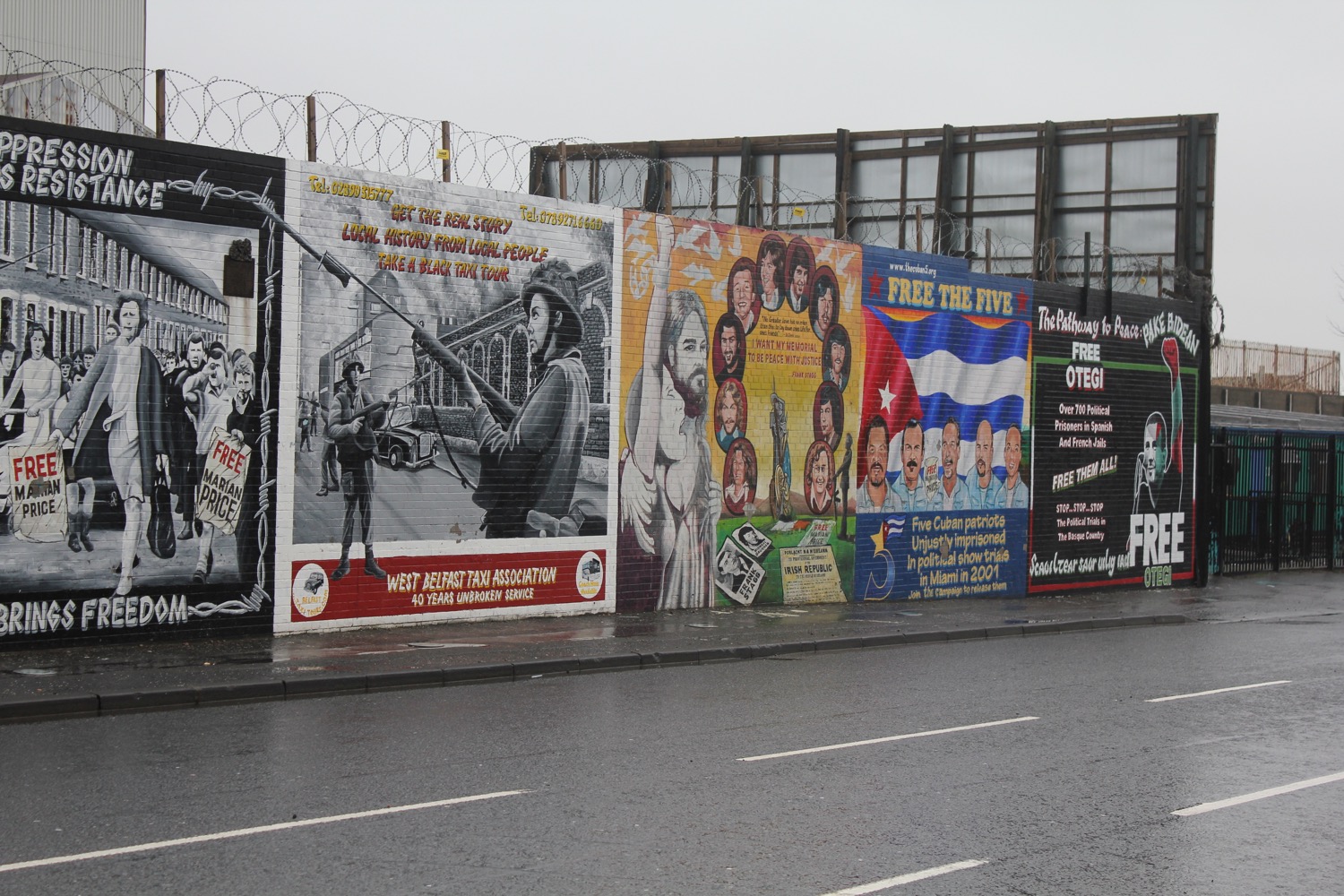

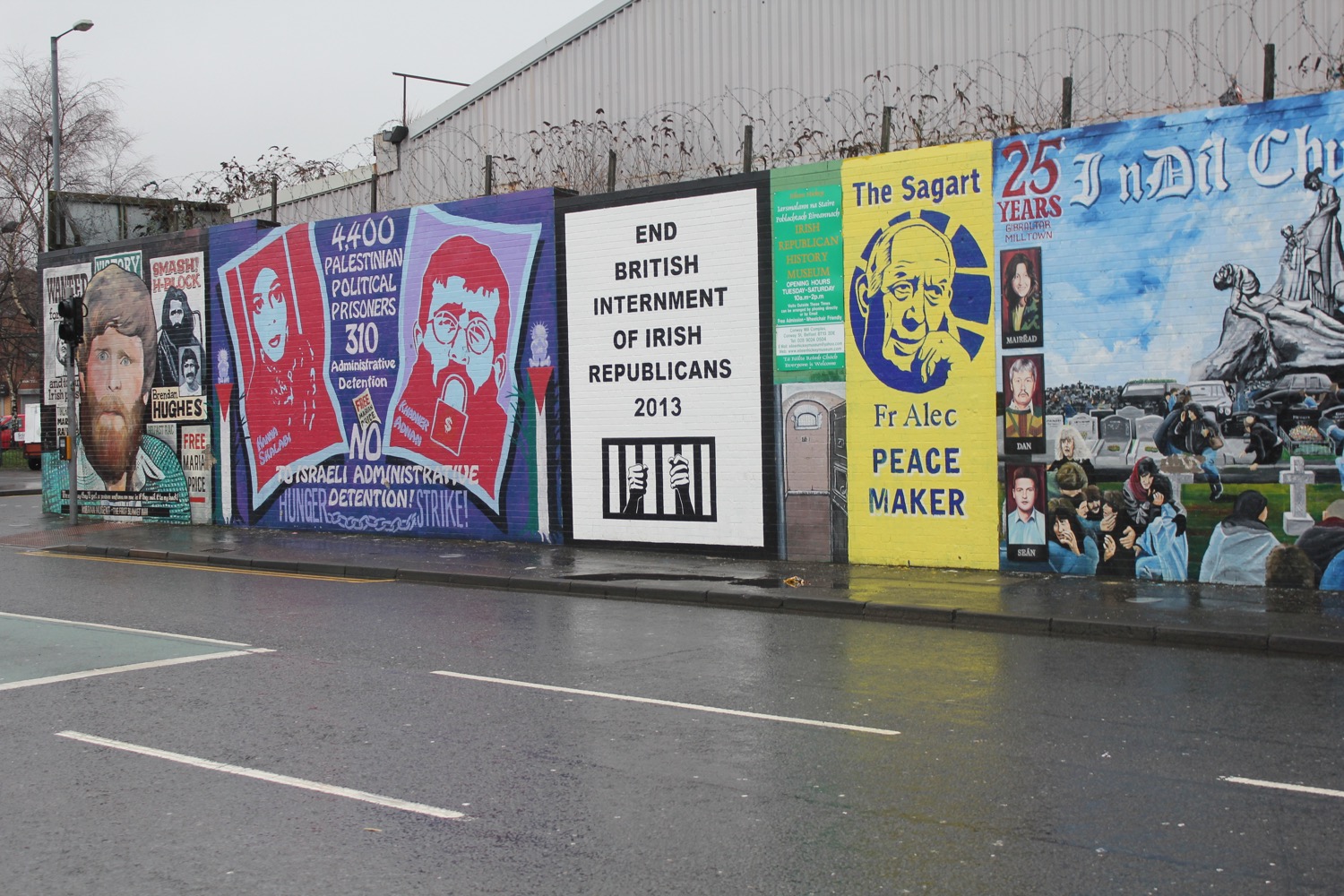


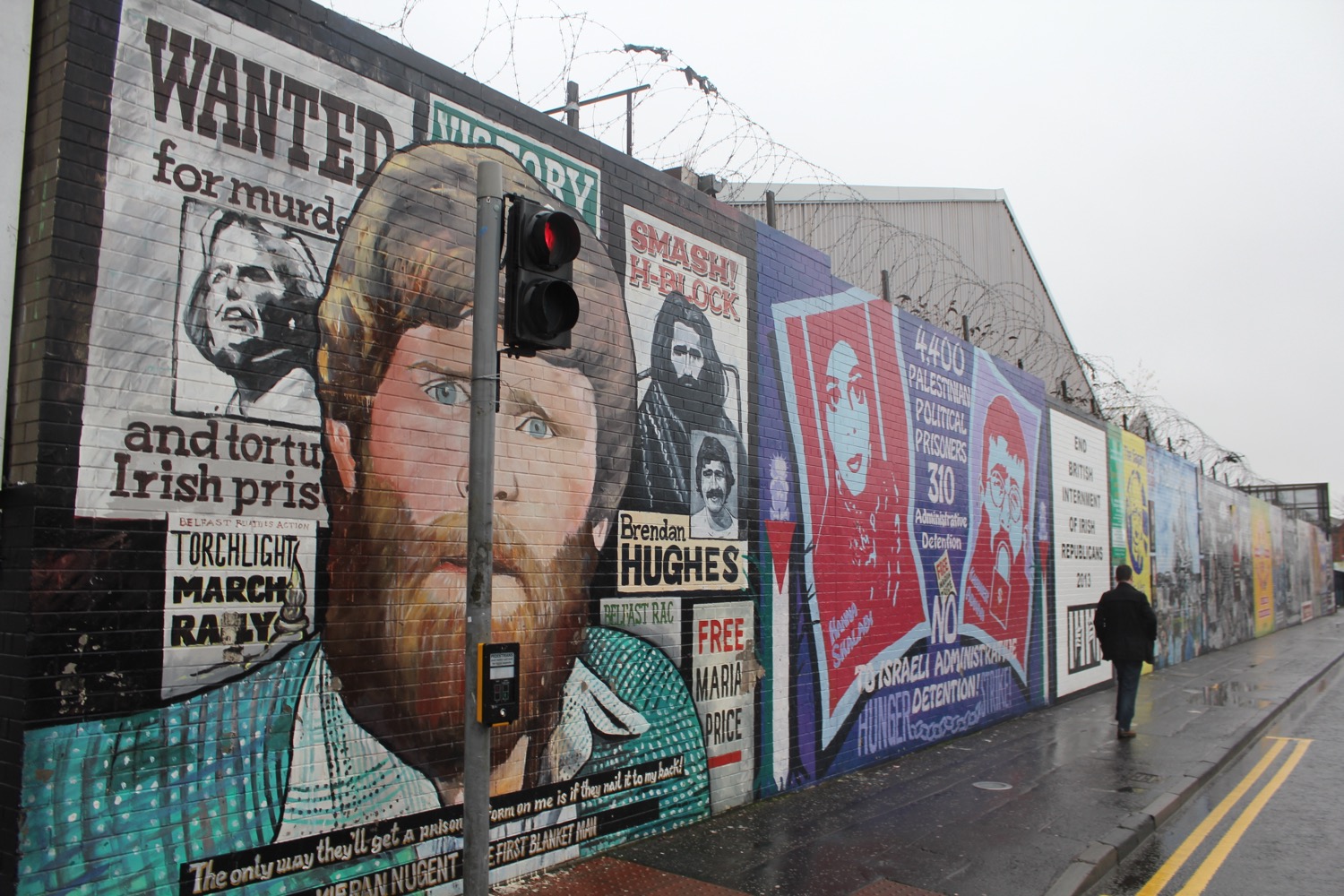
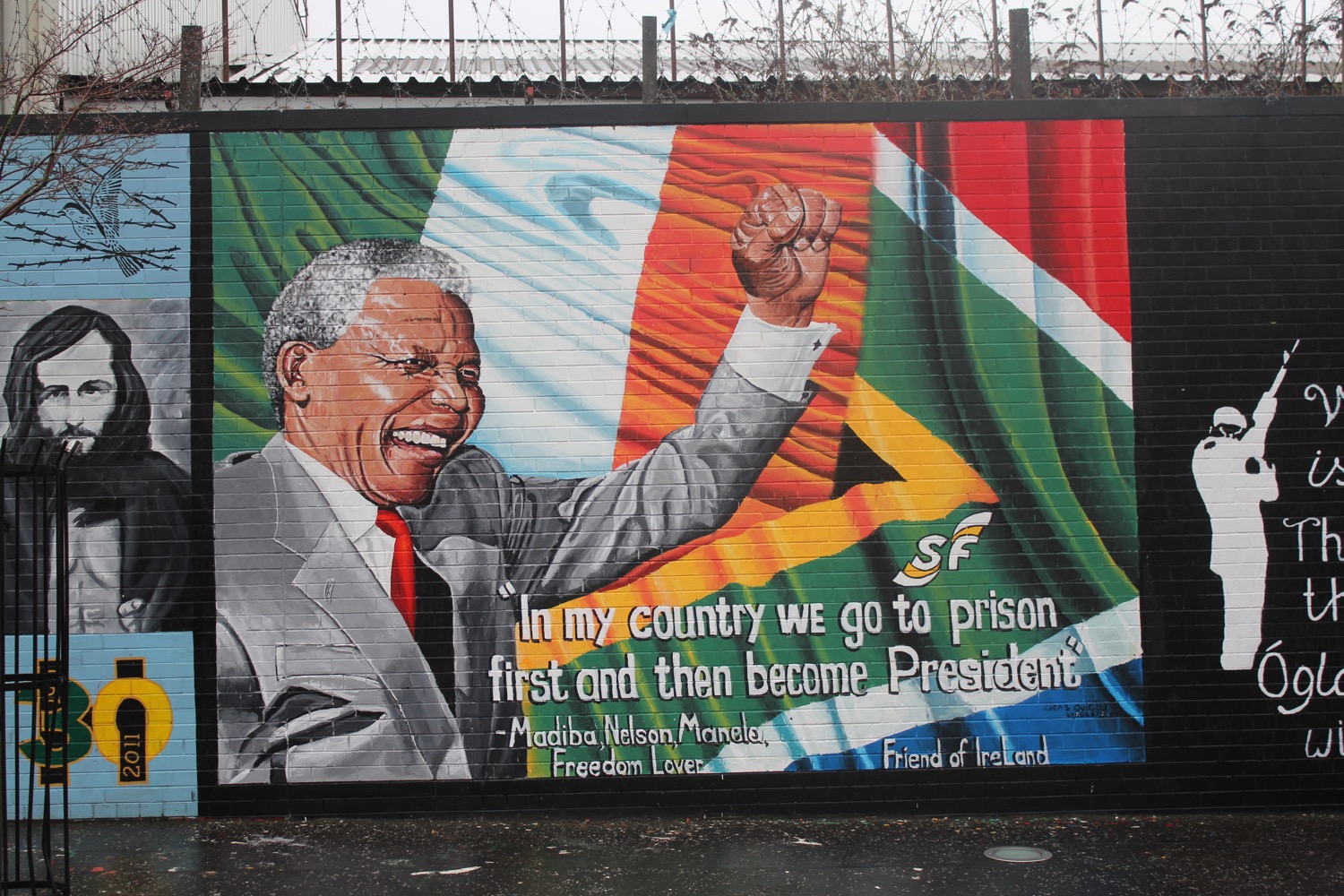
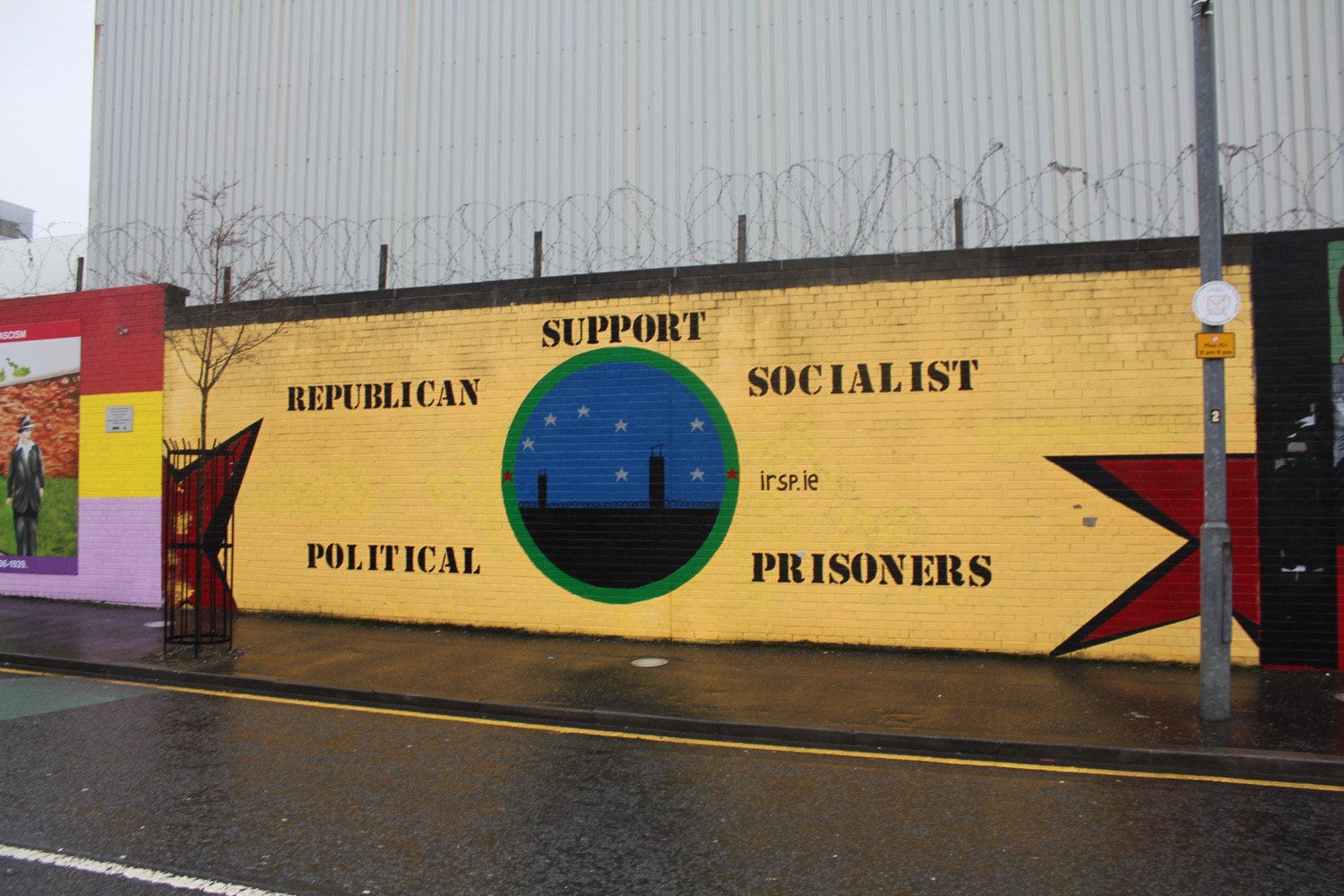
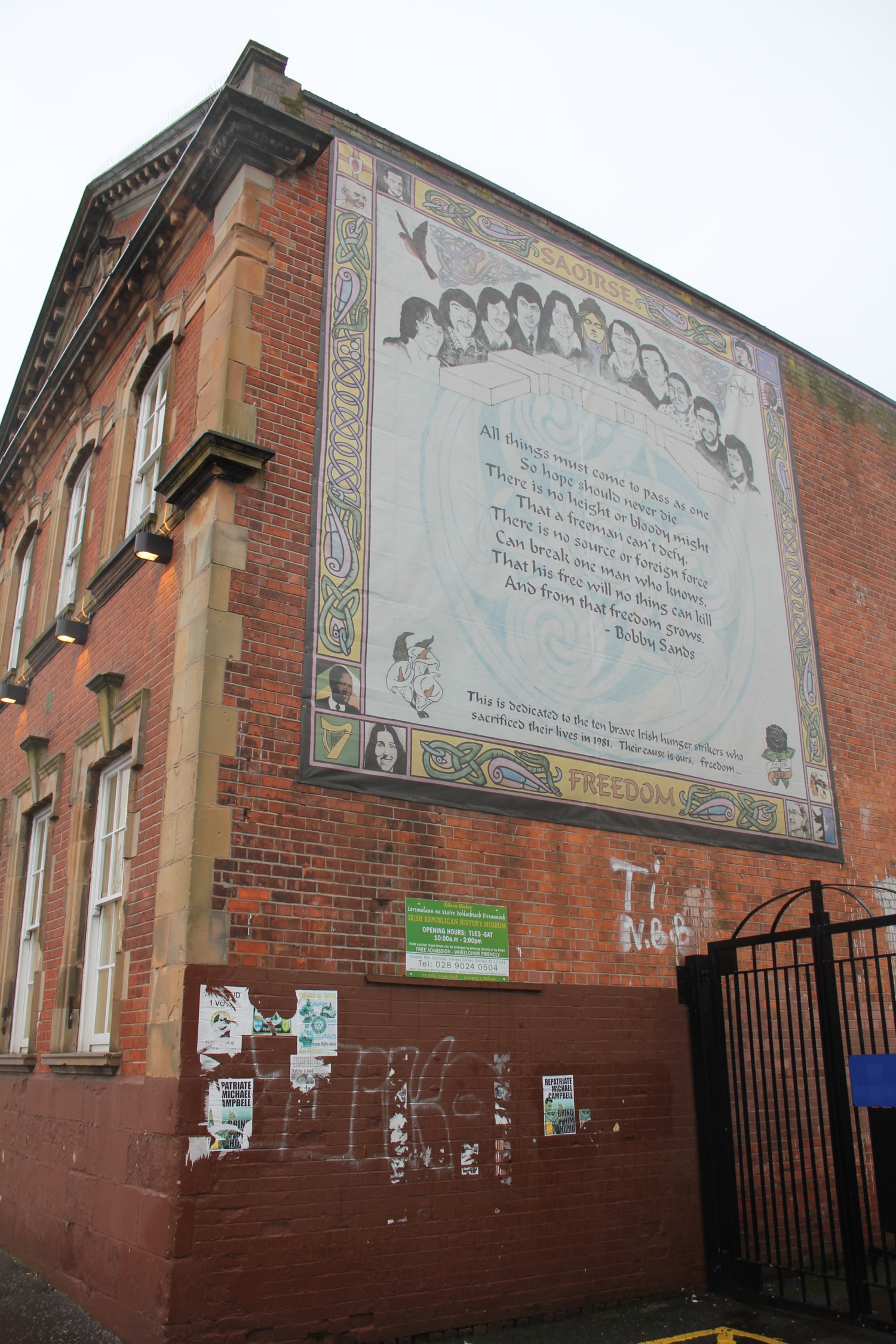
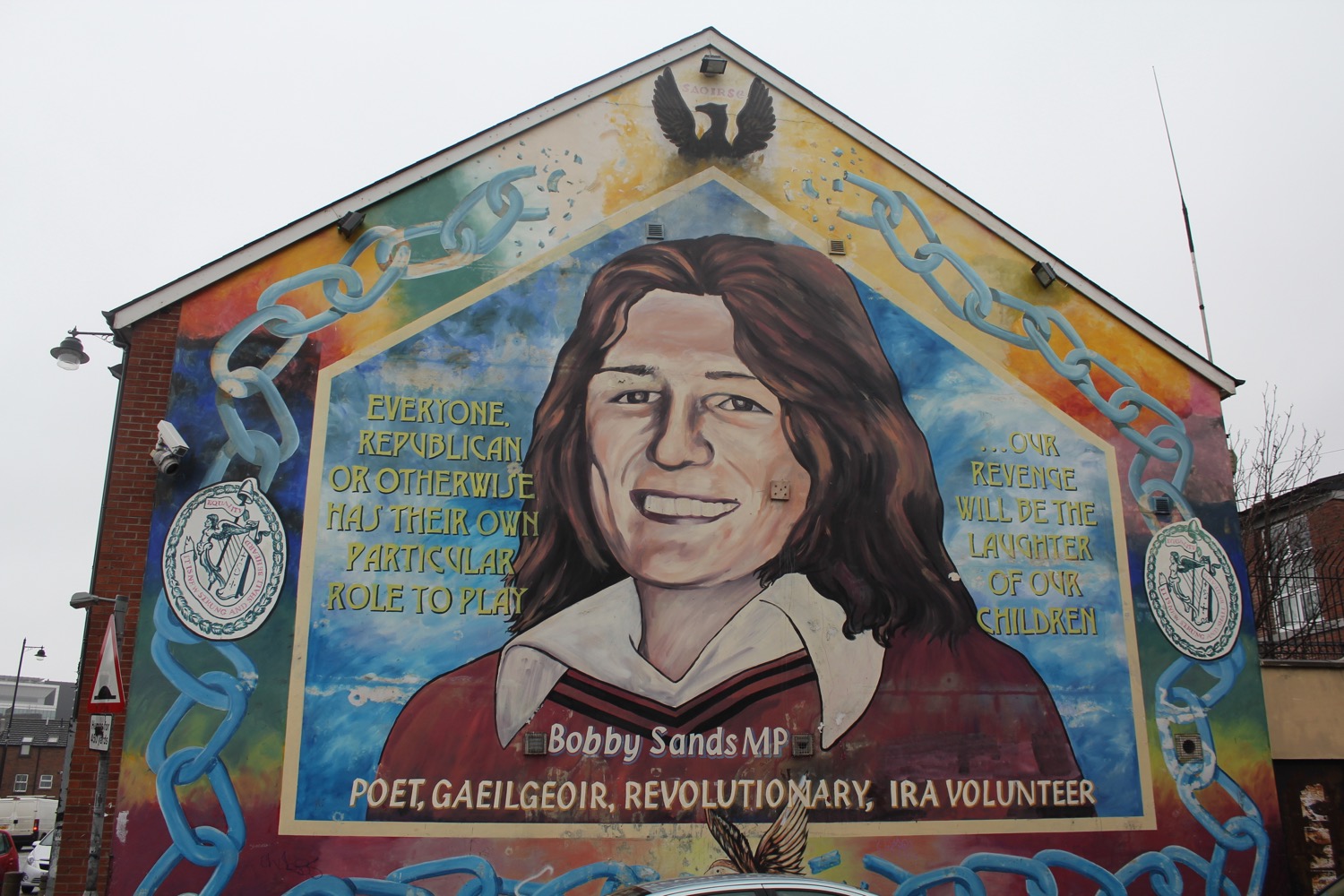
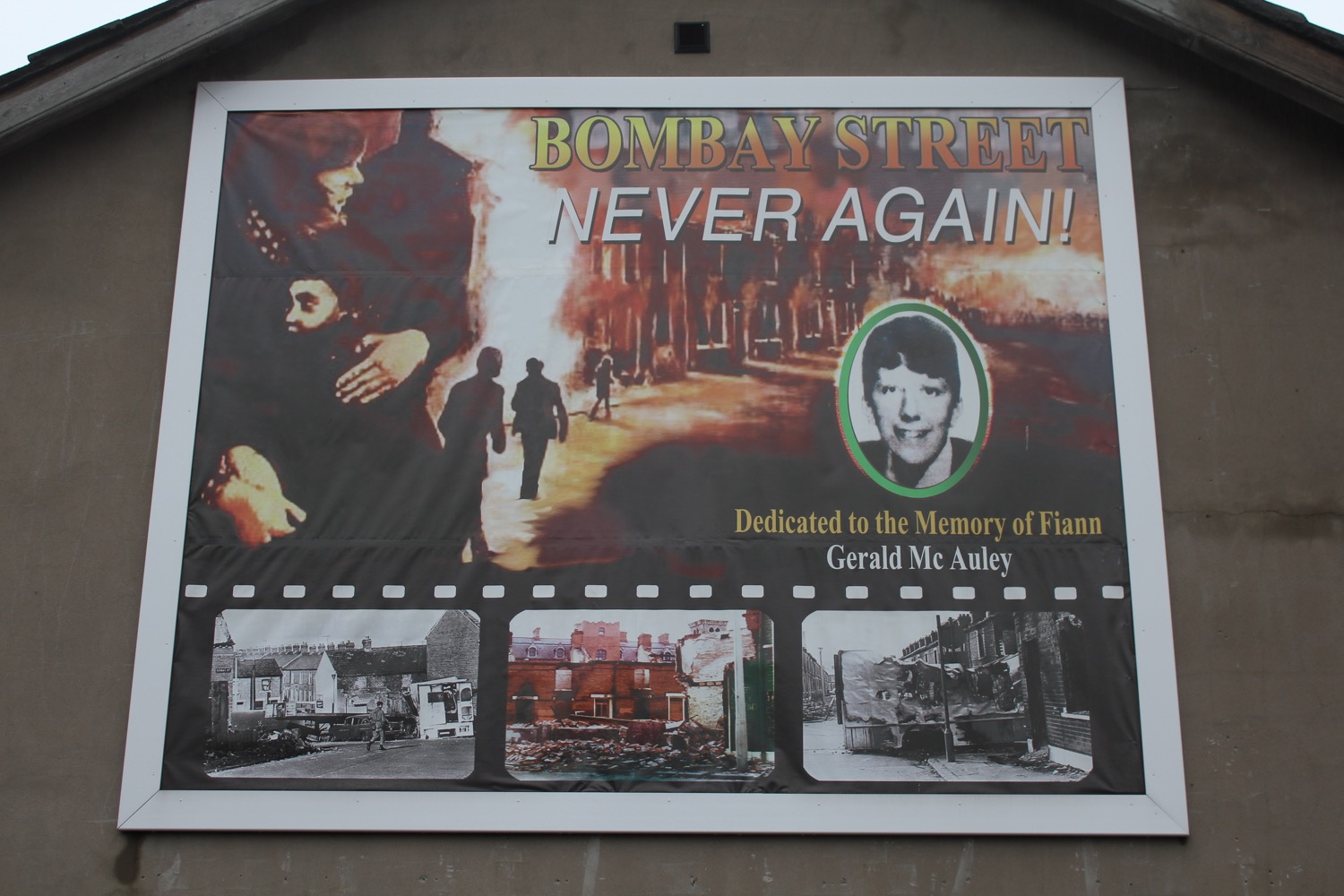
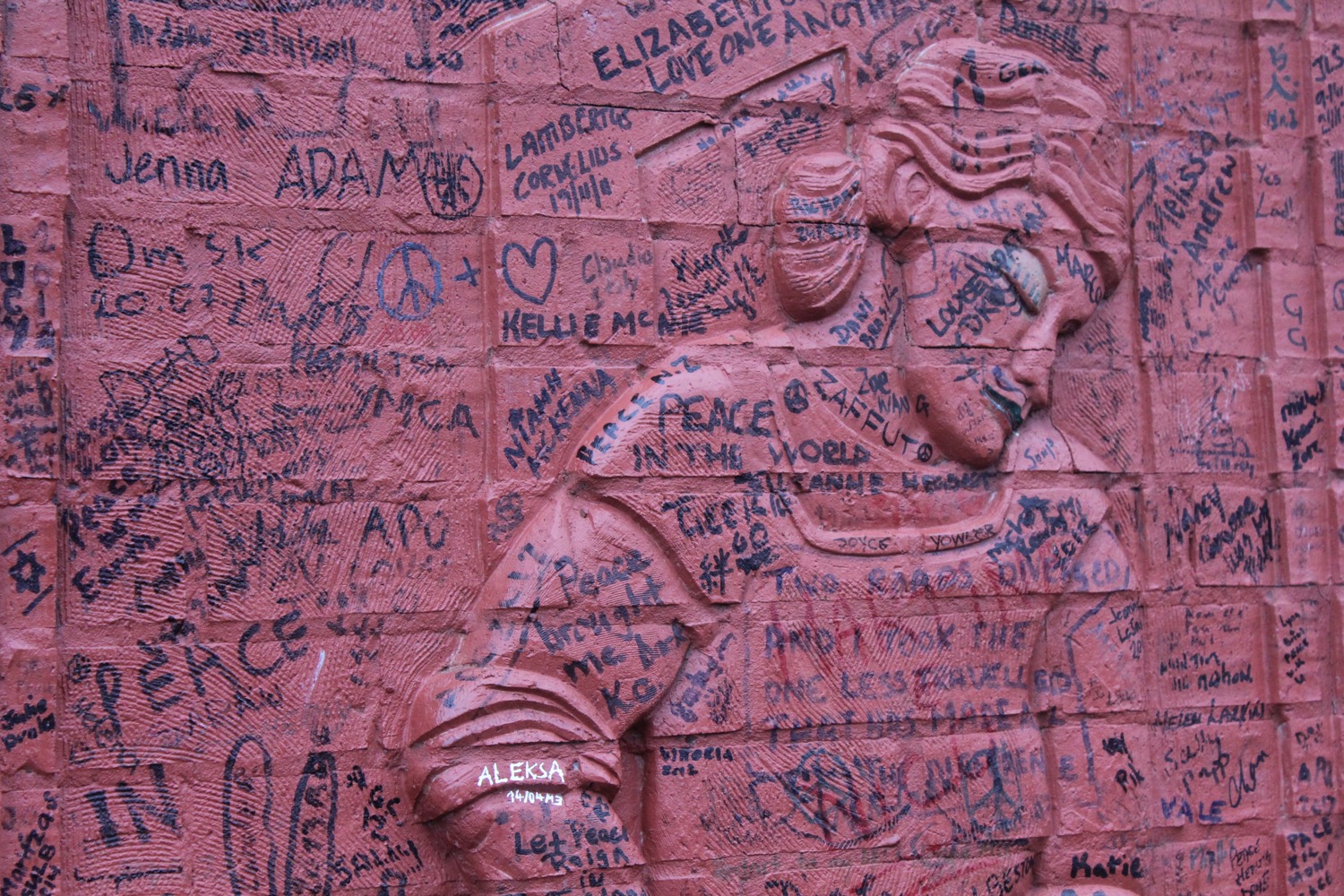
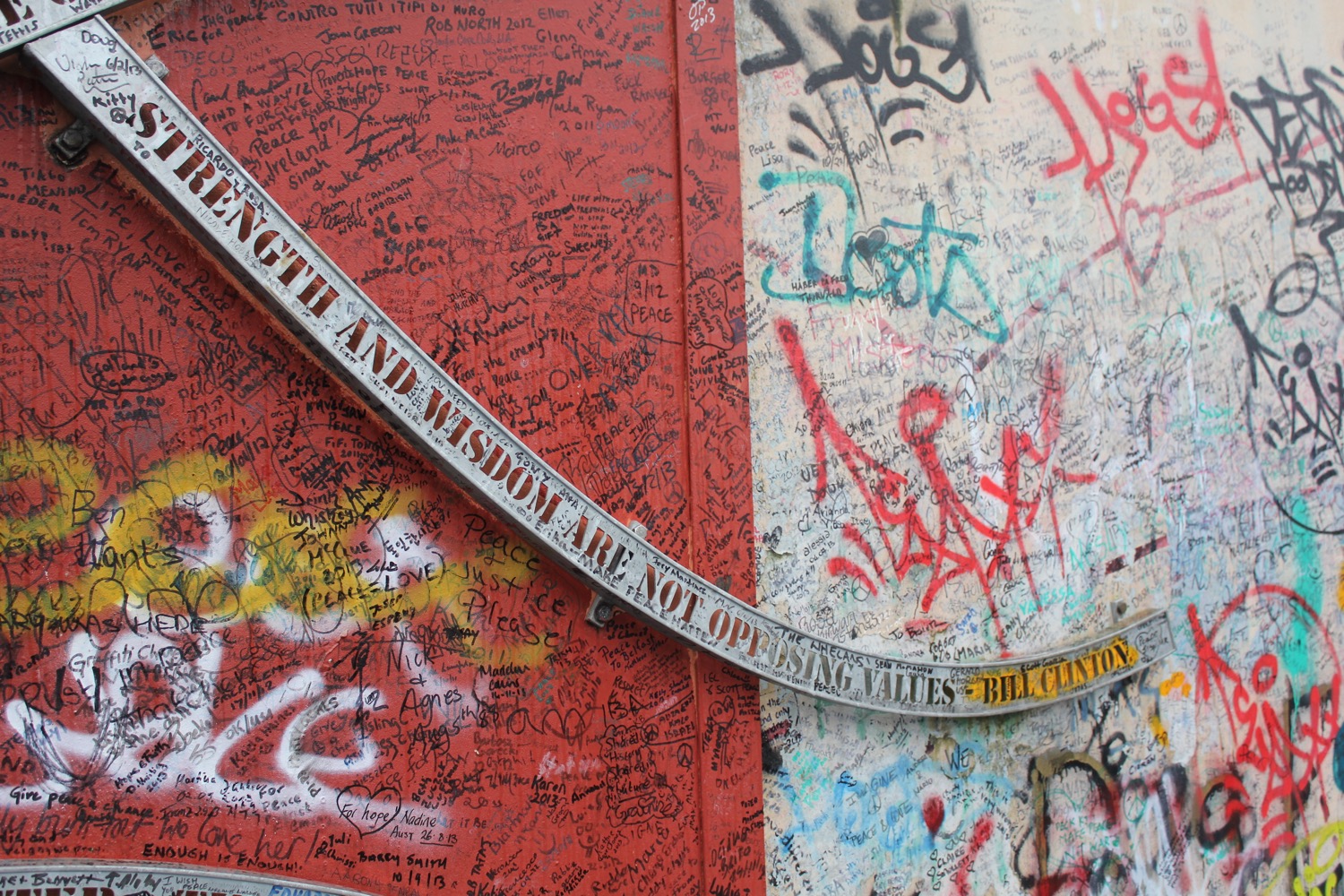
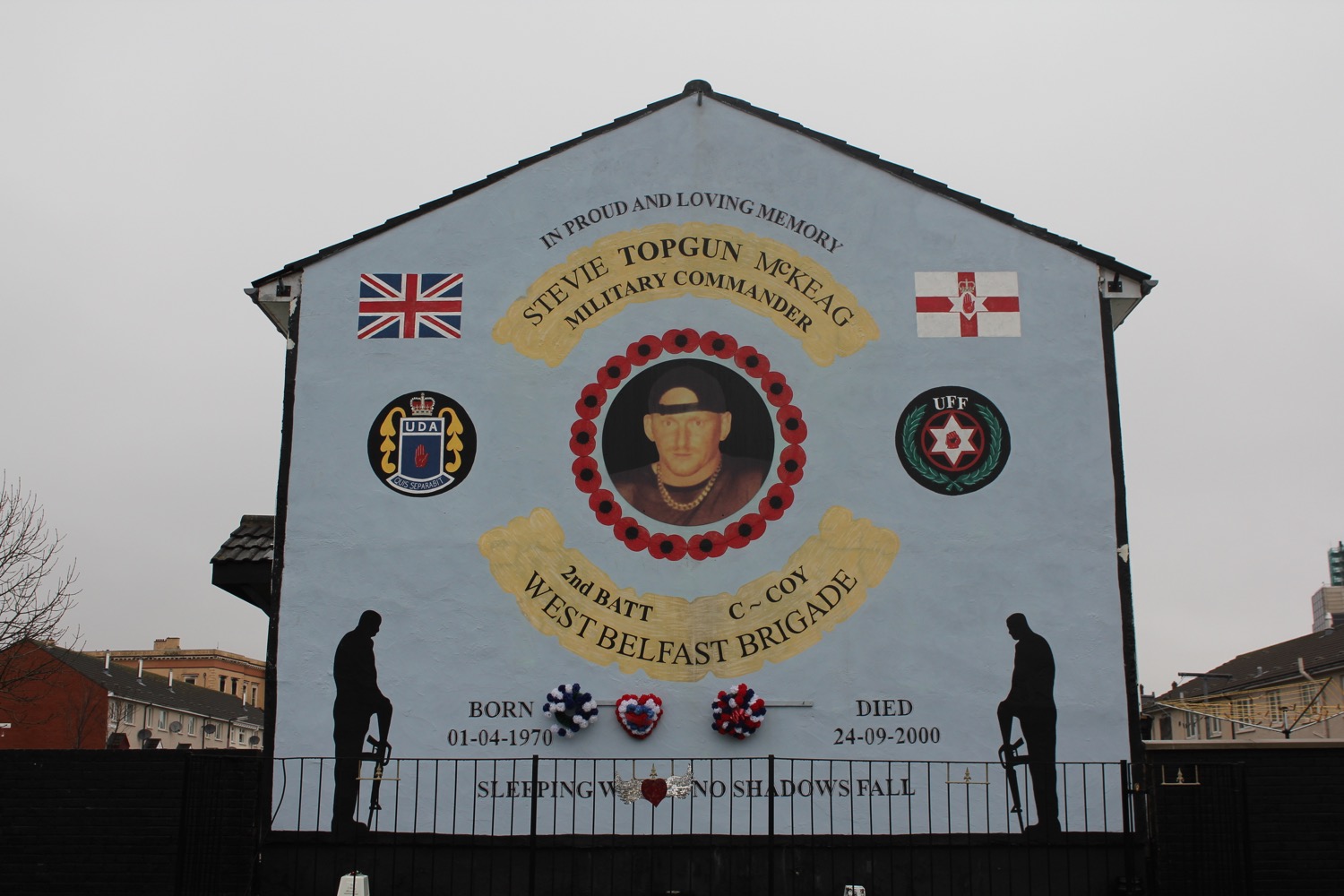
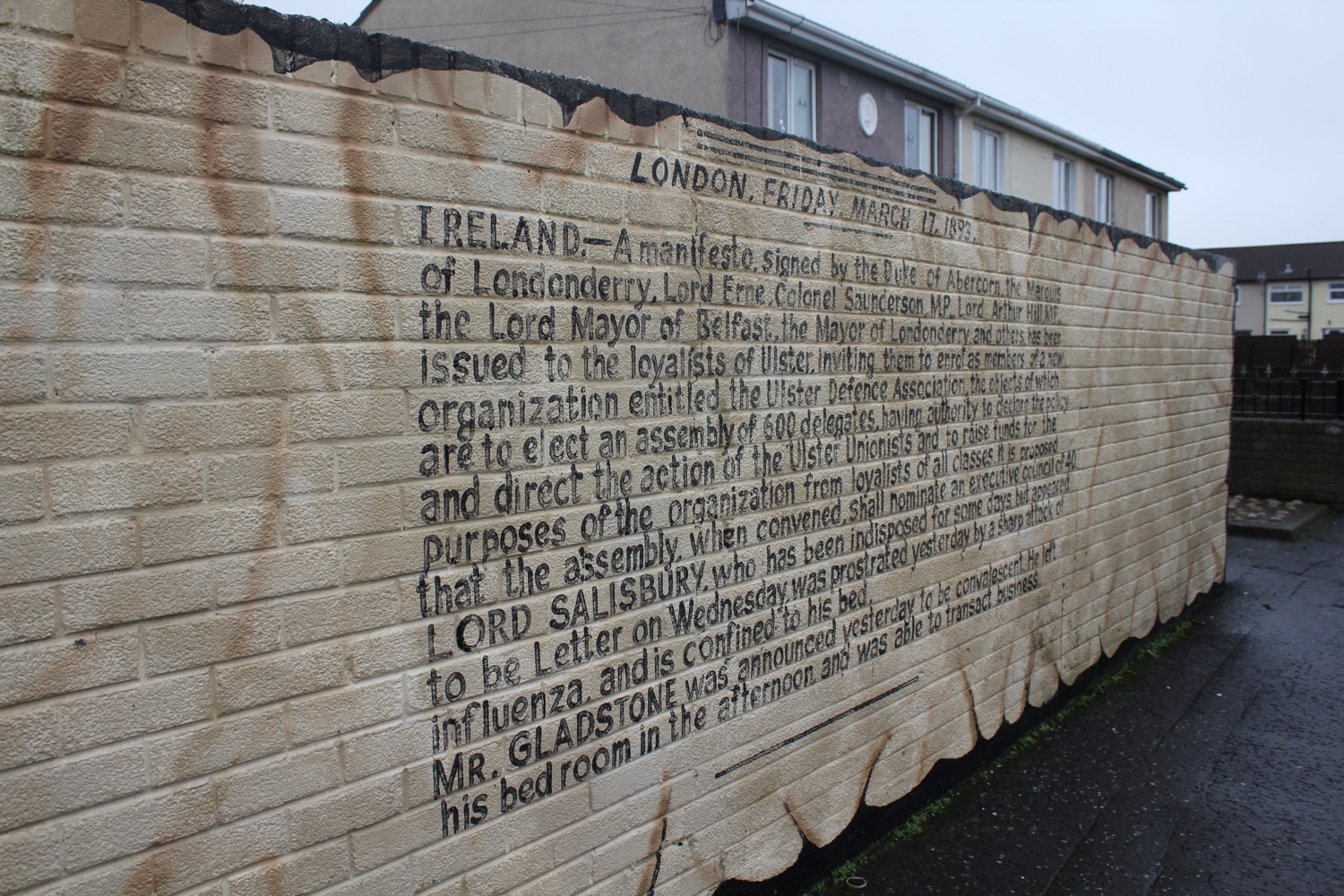
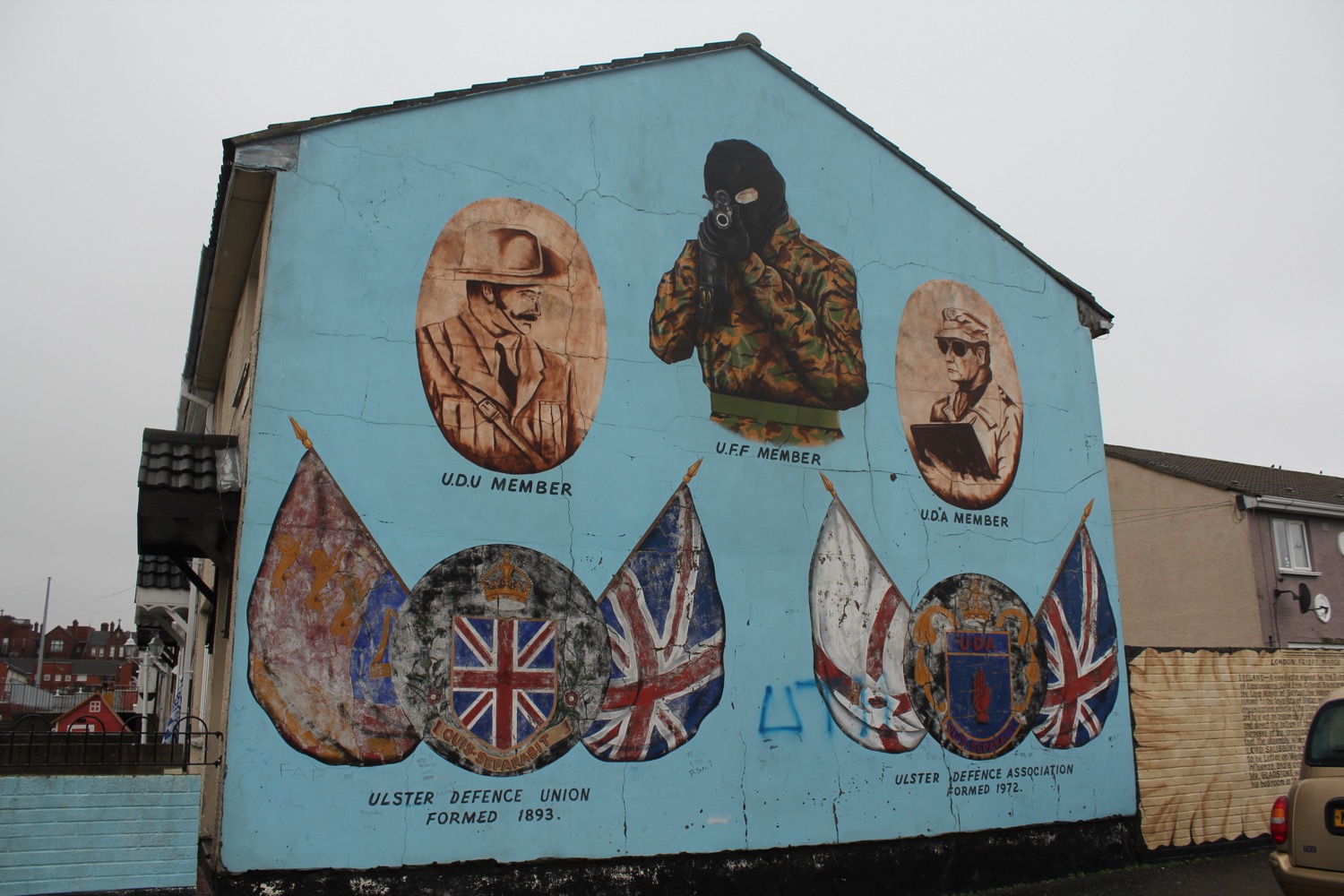
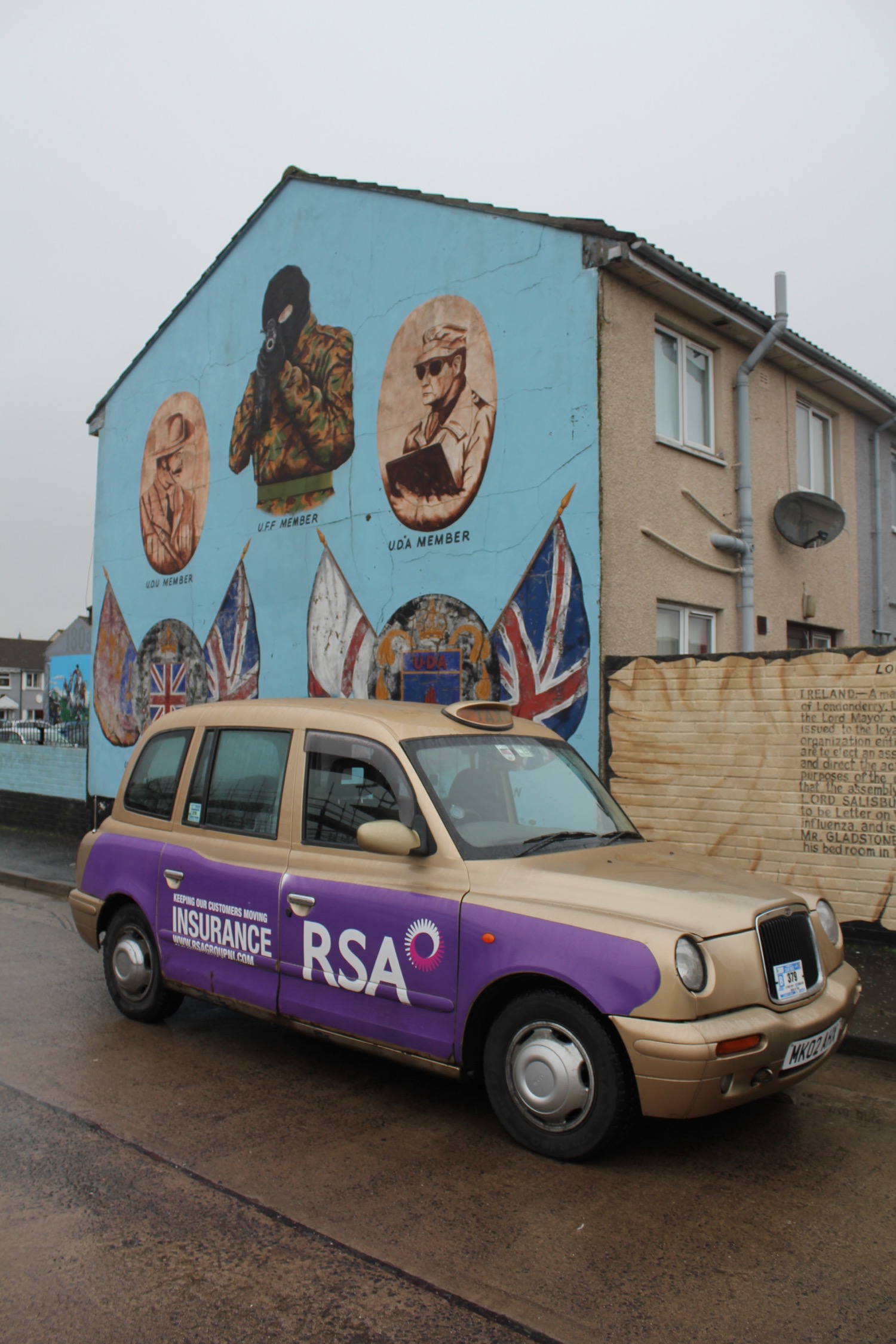

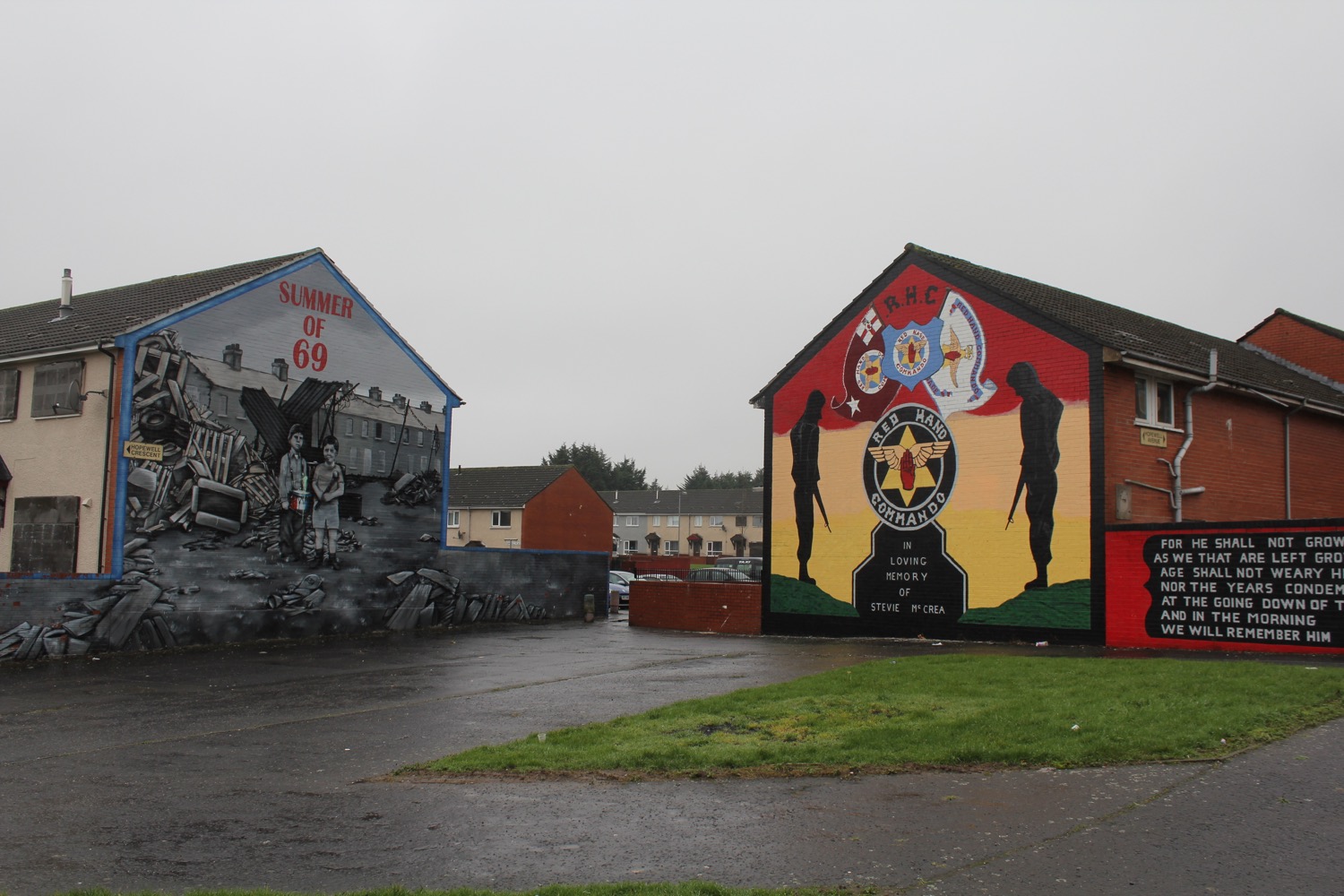
But what struck me most about this tour is how many “peace lines” remain, dividing Catholic and Protestant neighborhoods.
Although both sides have agreed on the need to have their own “tear down this wall” moment, almost 100 walls remain. Some of these walls stretch more than 20 feet high.
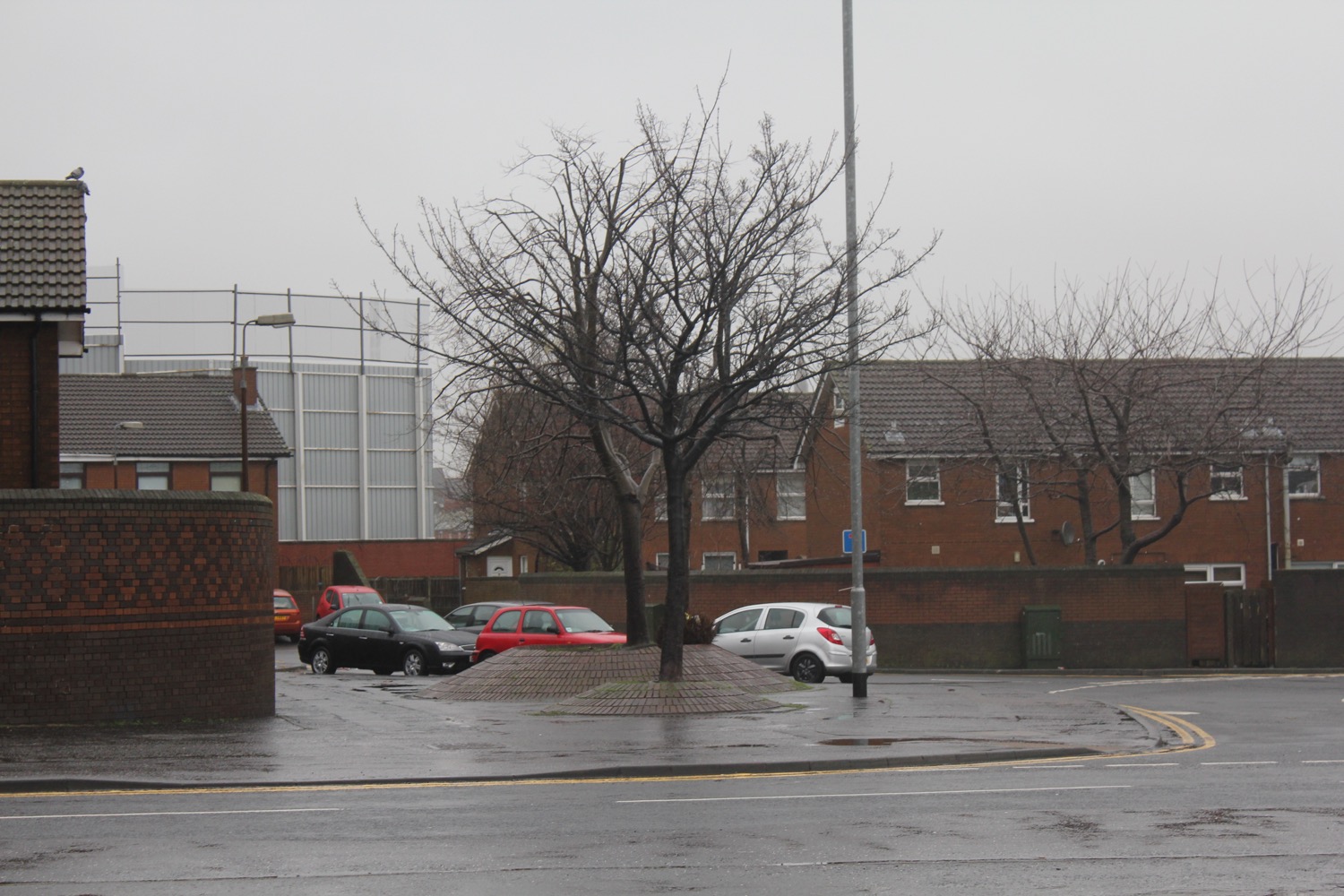
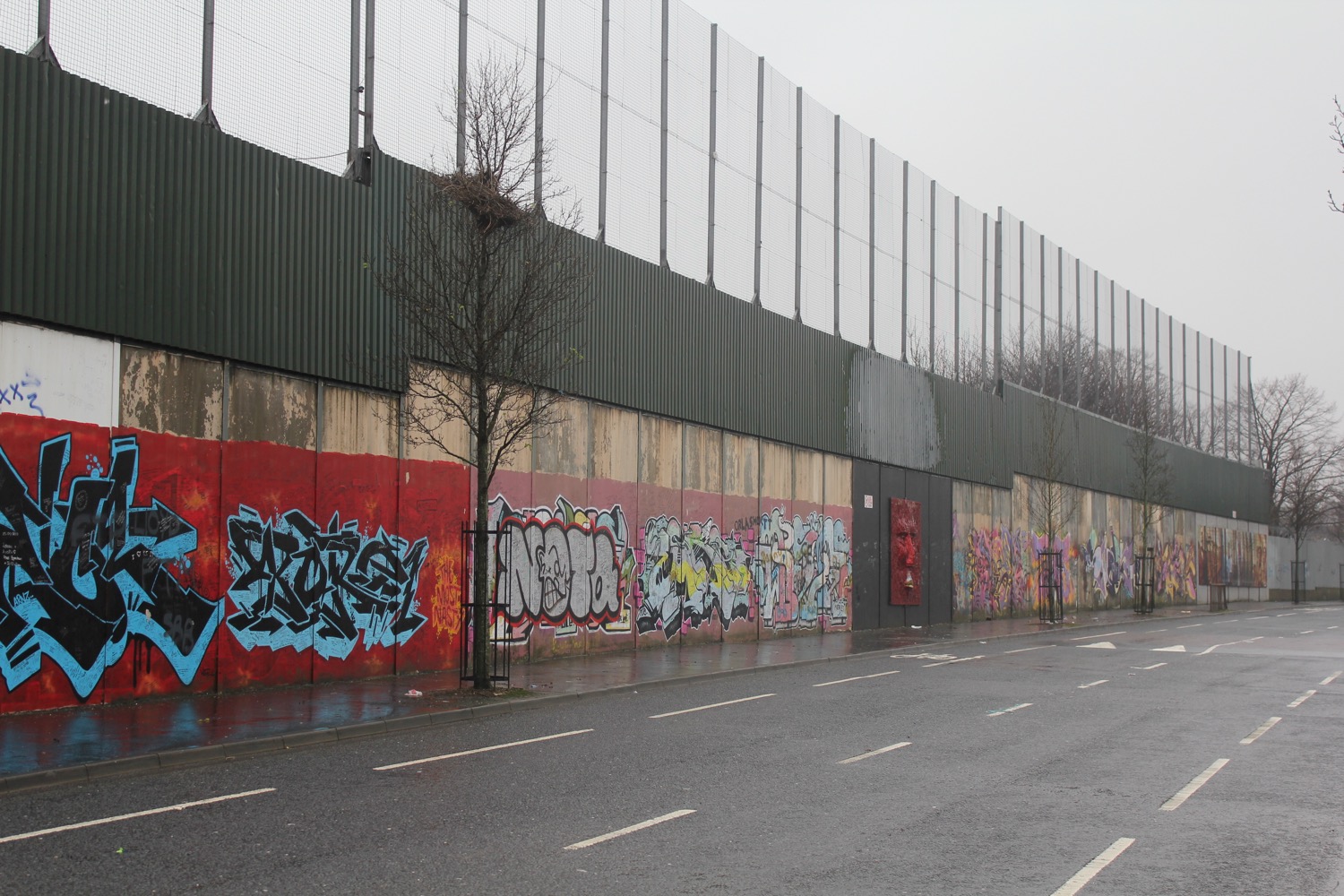

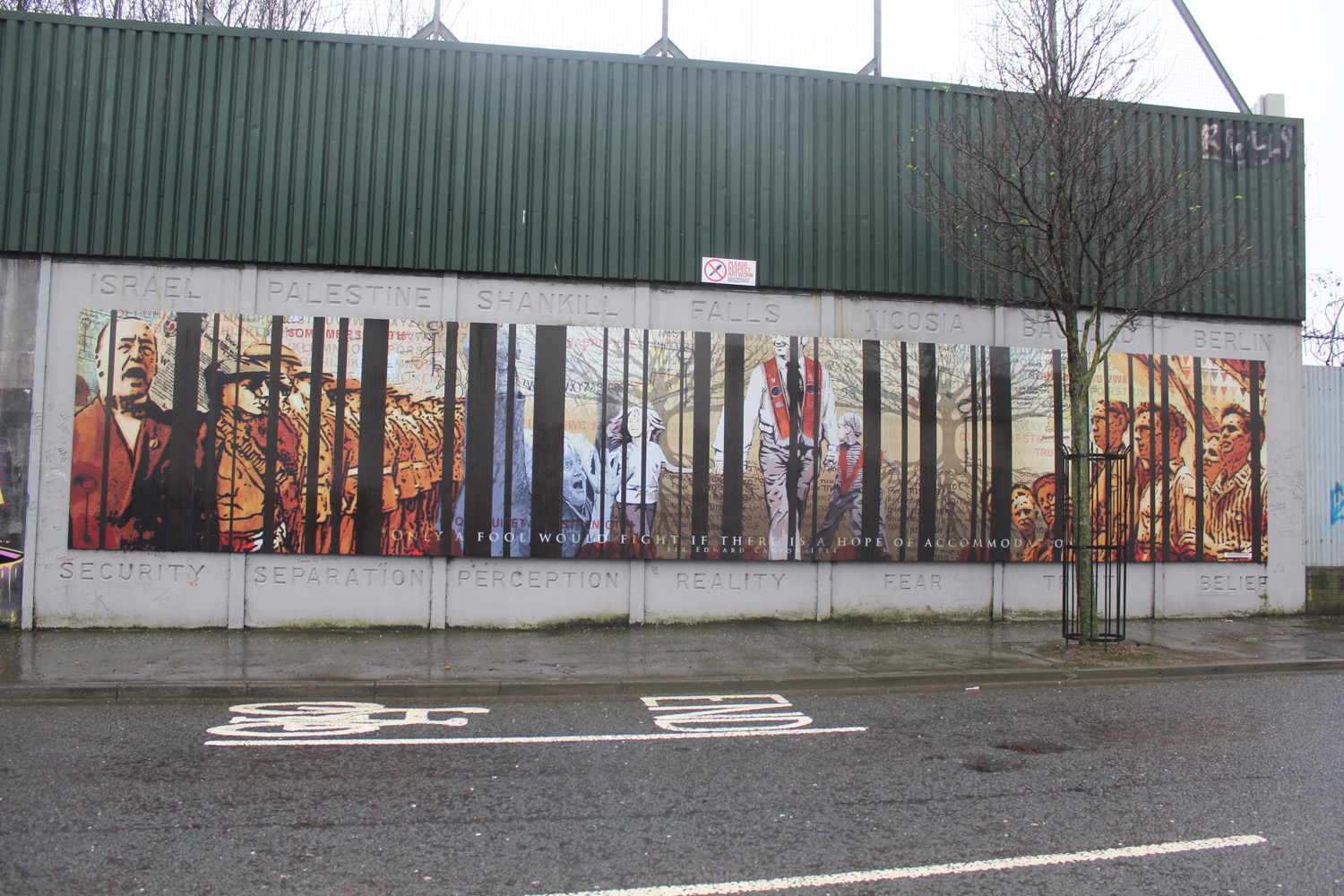
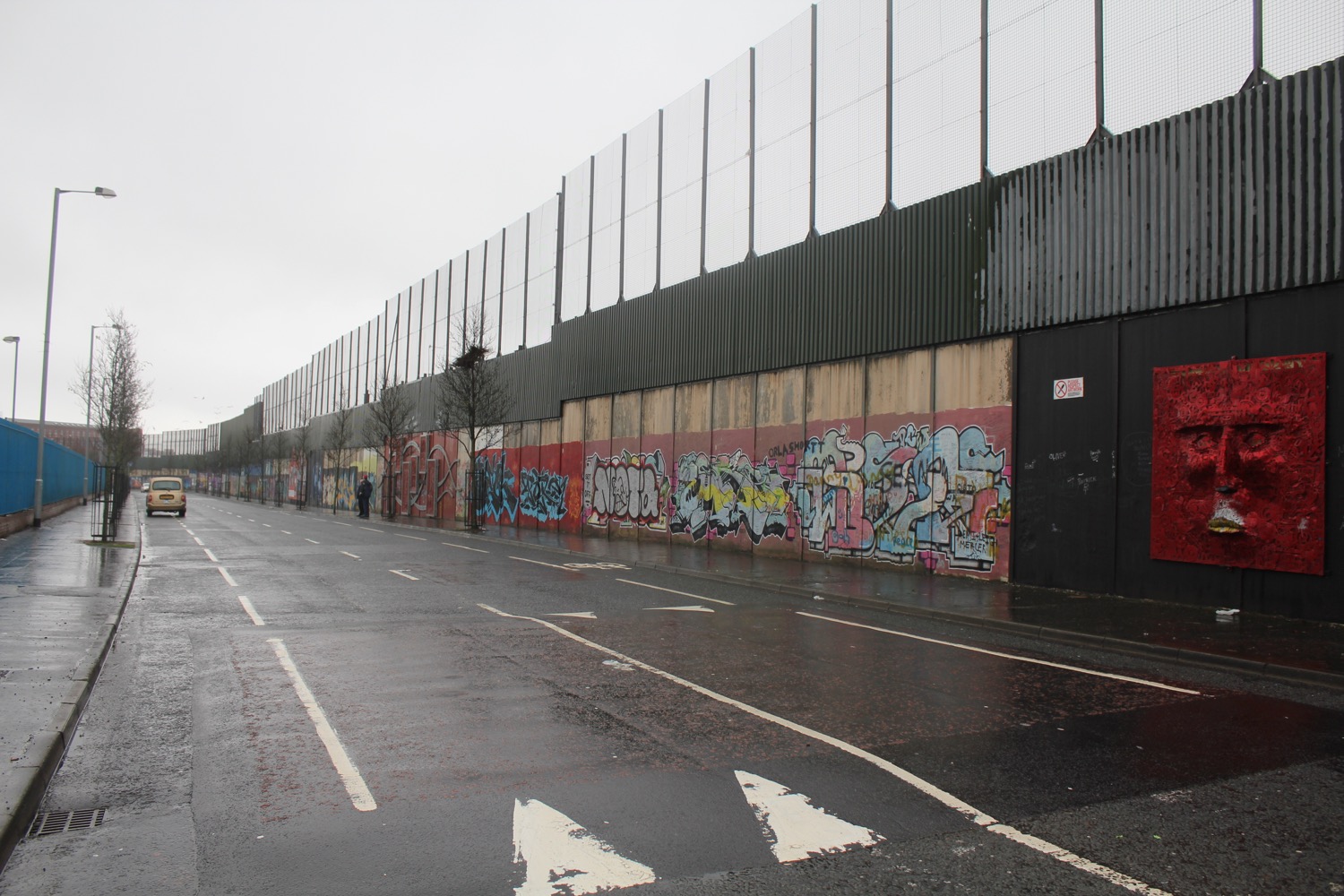
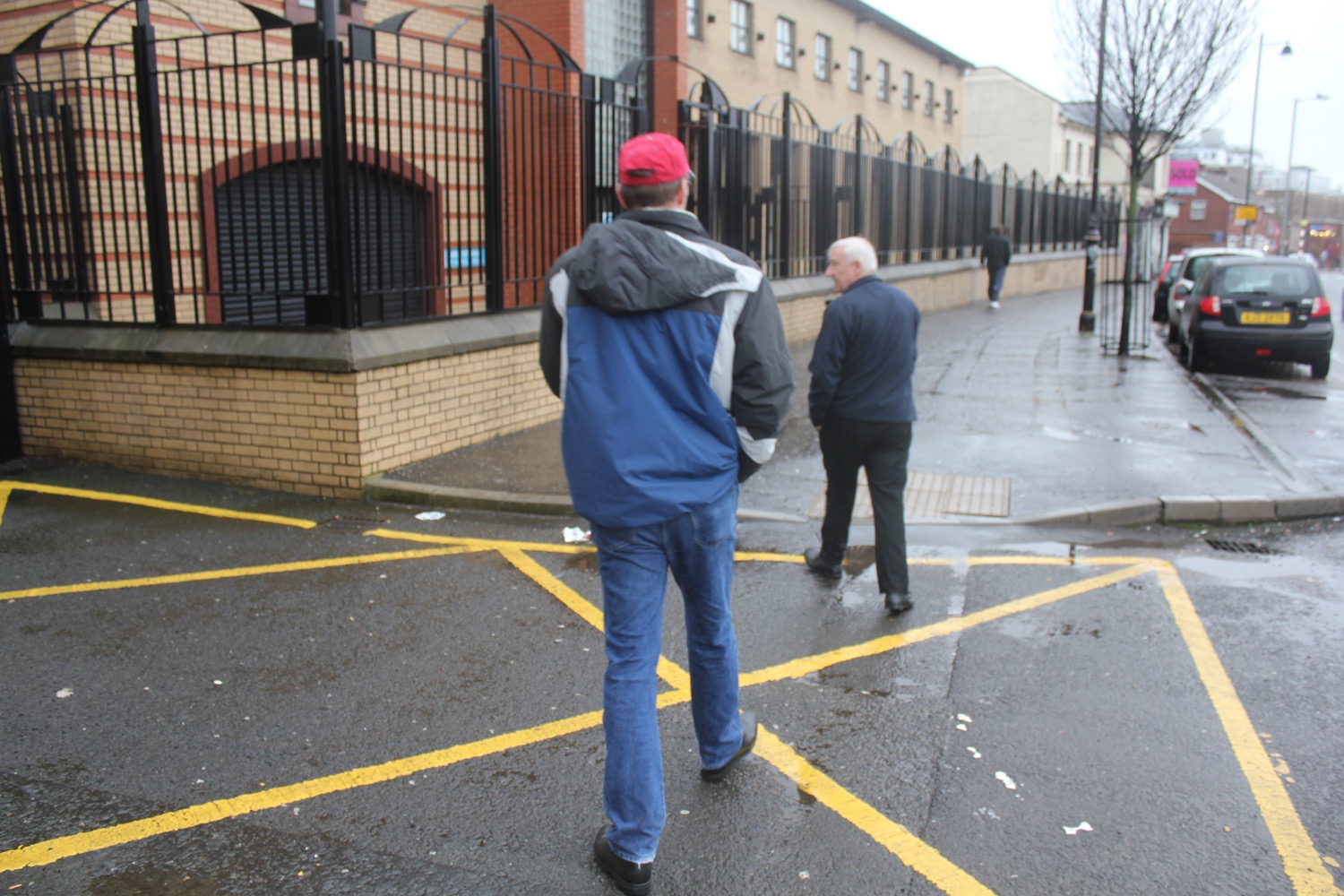
Doesn’t this street have an eerie resemblance of Berlin prior to the wall falling?
Even more sobering is that gates are still closed at night in many city neighborhoods. This is in the name of public safety, still 20 years after the Good Friday Agreement.
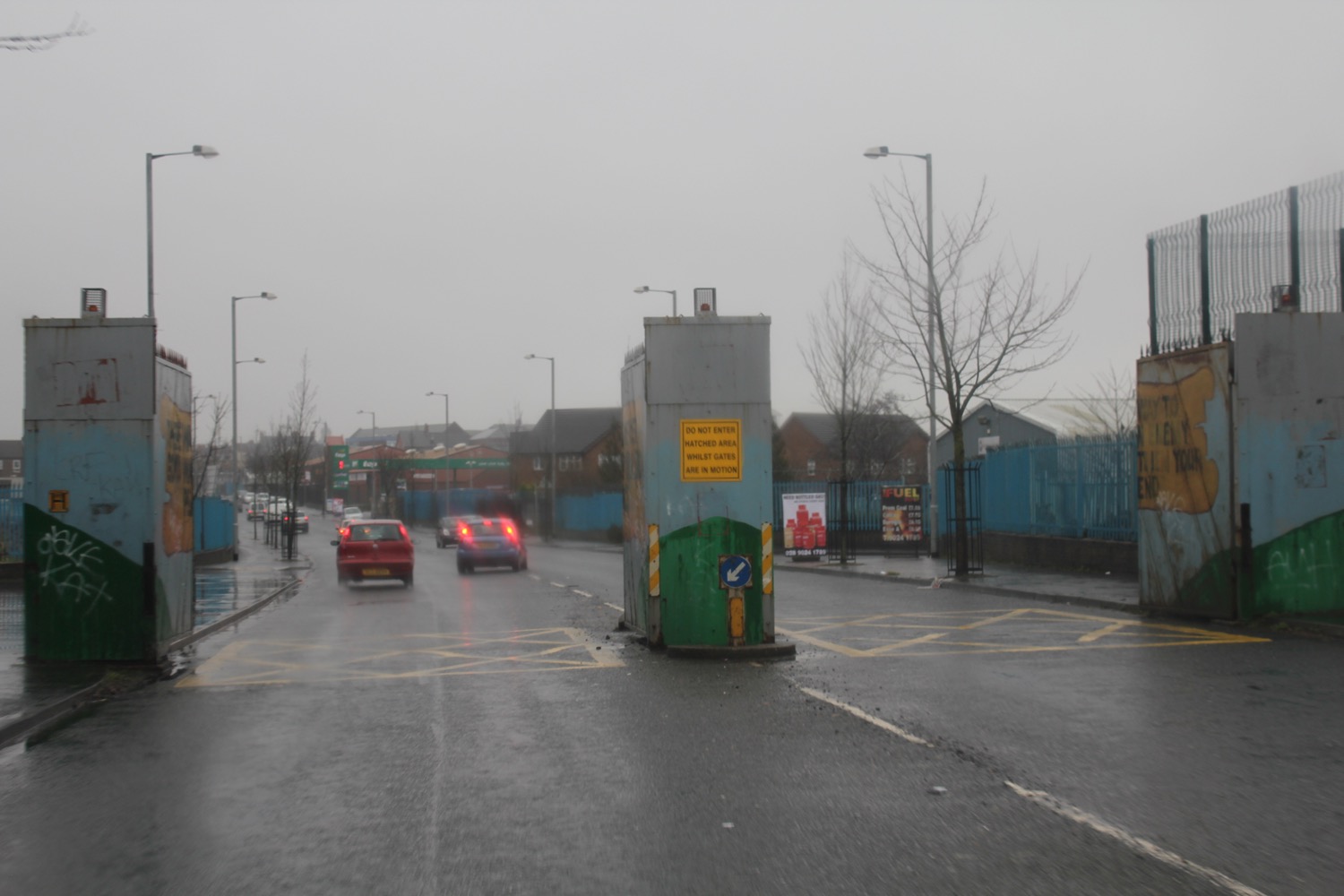
For more, read this excellent story in The Guardian.
Inside the Clonard Monastery, Paddy made a confession to us. He was an IRA member. He and other Republicans plotted in this very sanctuary to kill Loyalist forces. While Paddy did not say directly if he had ever killed someone, the implication was clear.
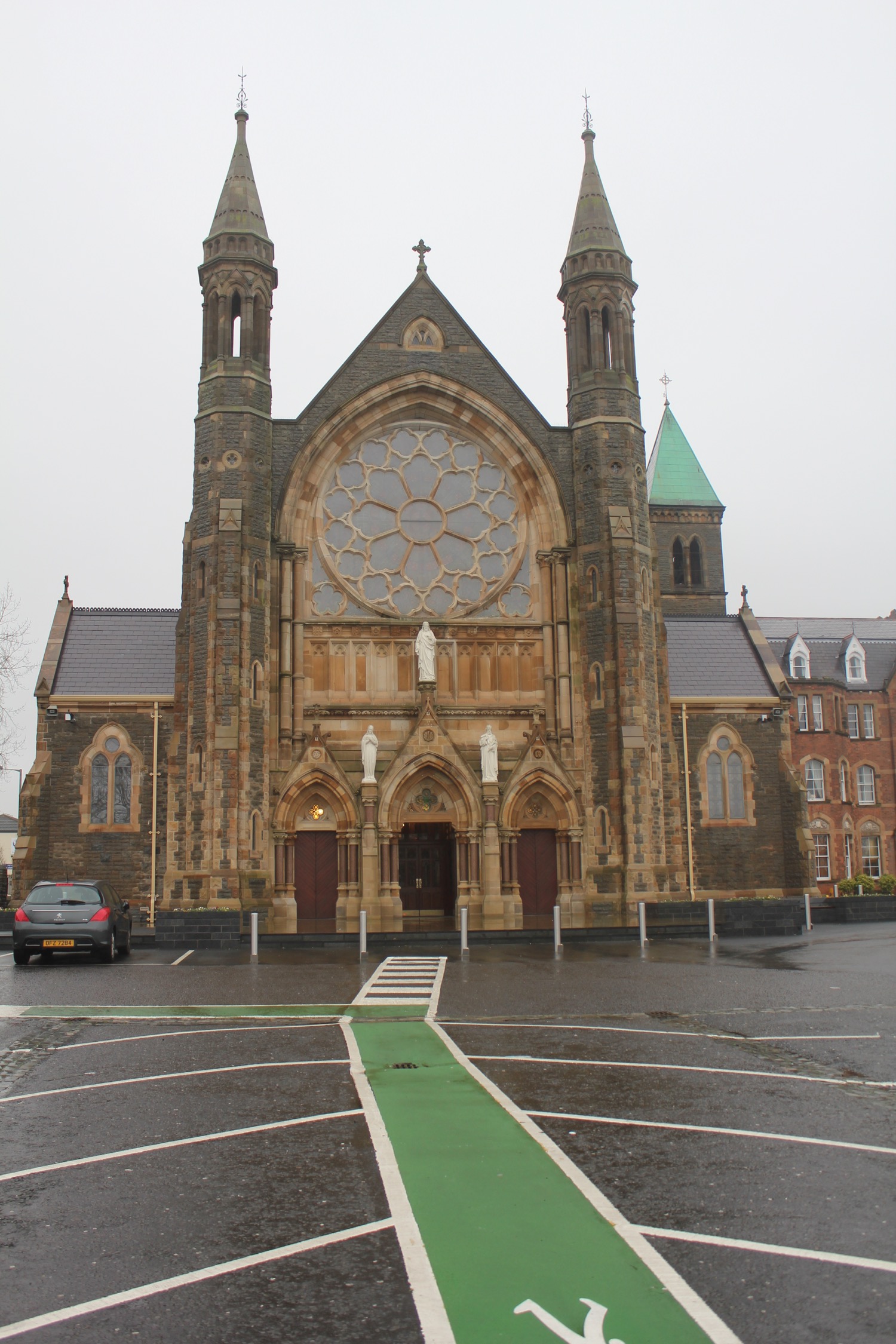
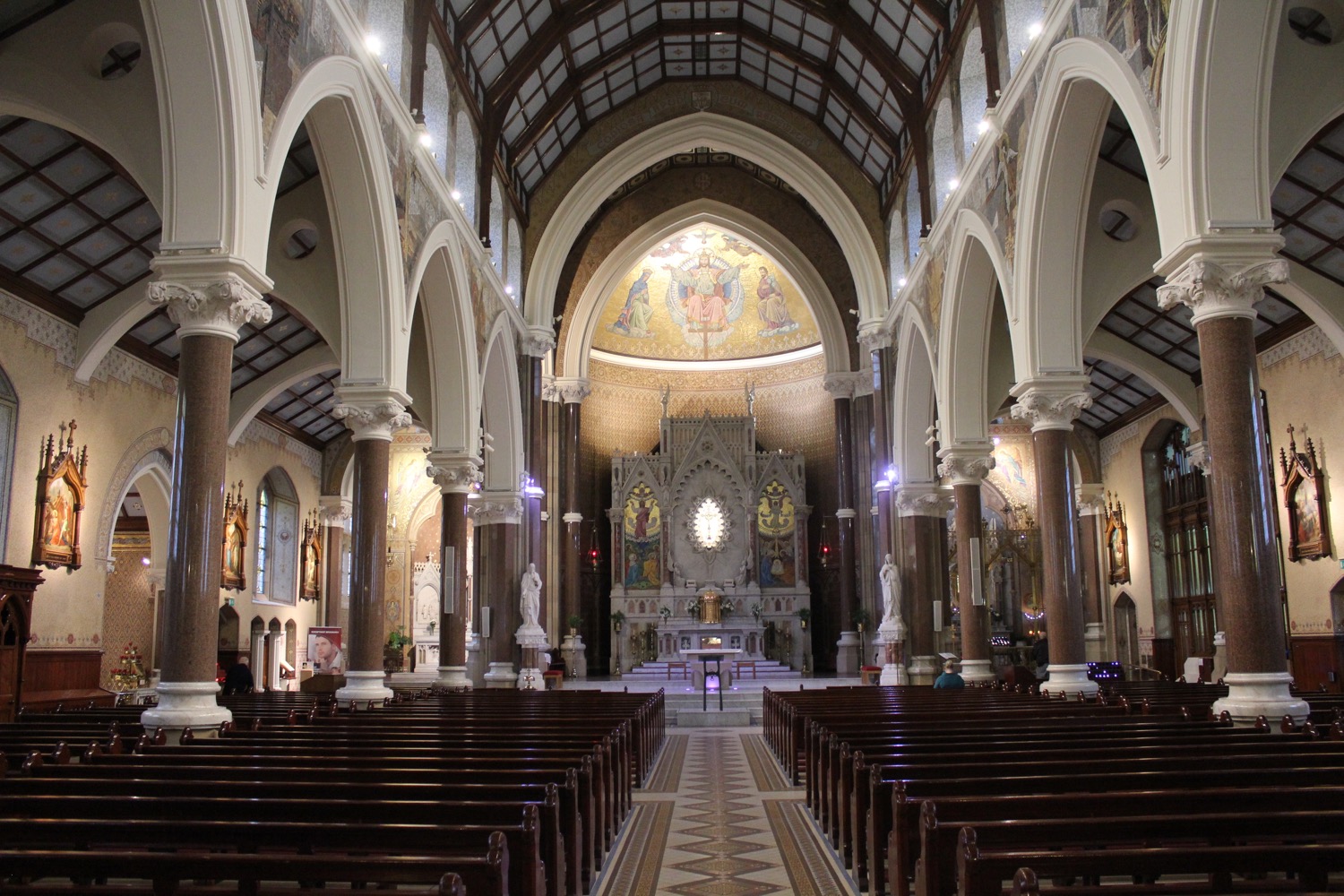

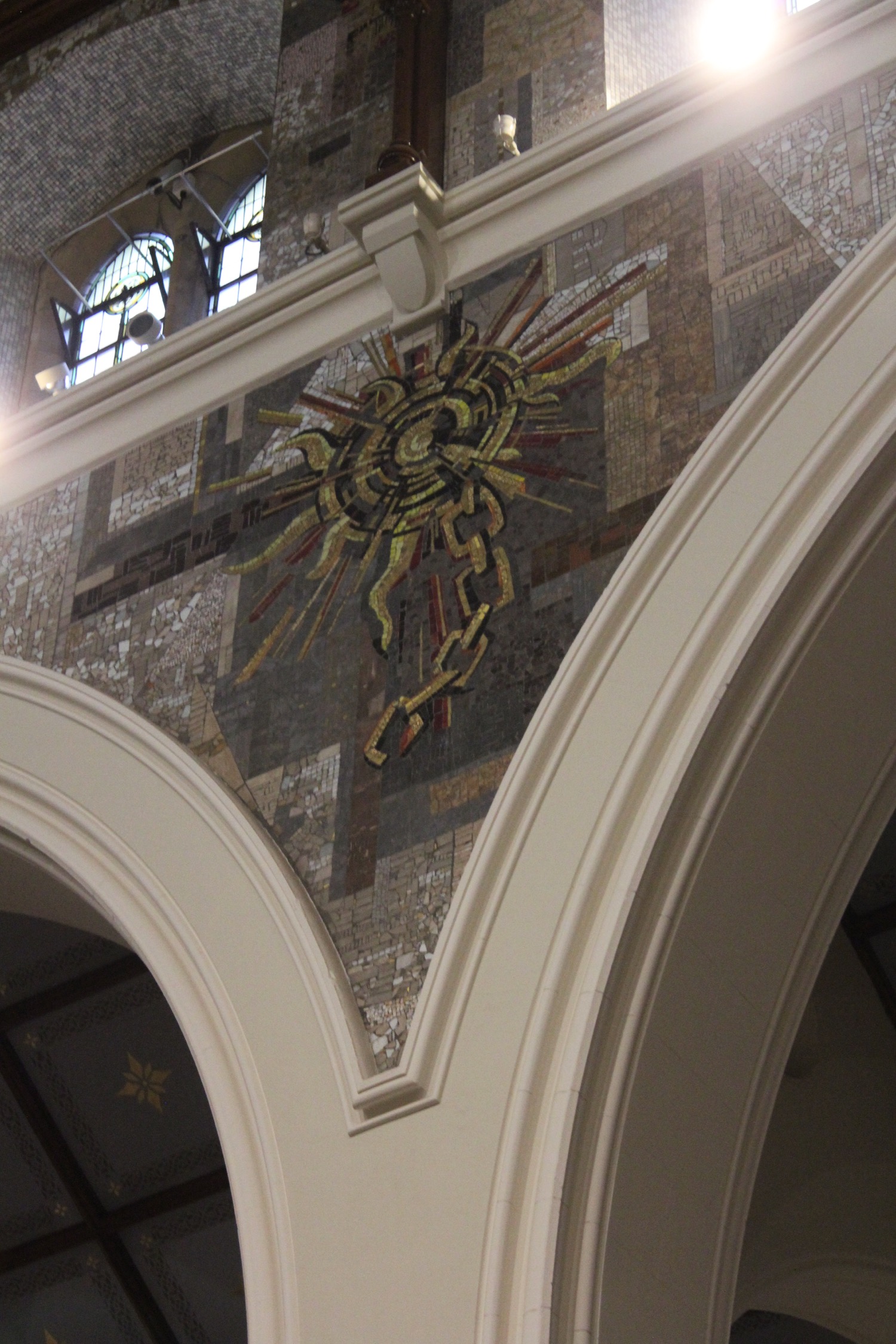
We visited the monastery cemetery on our way out. He shed a tear for his comrades, many of them buried there.
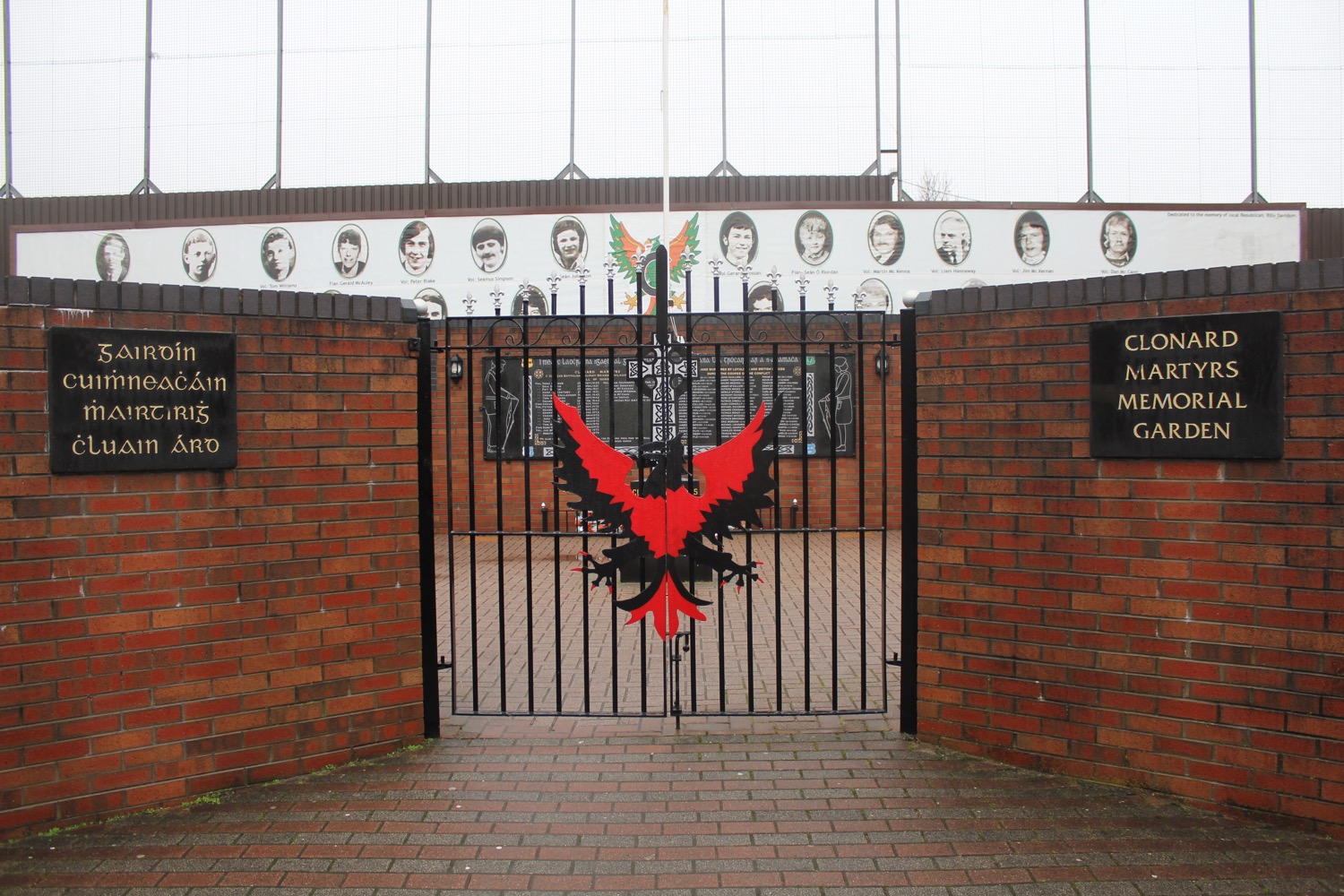
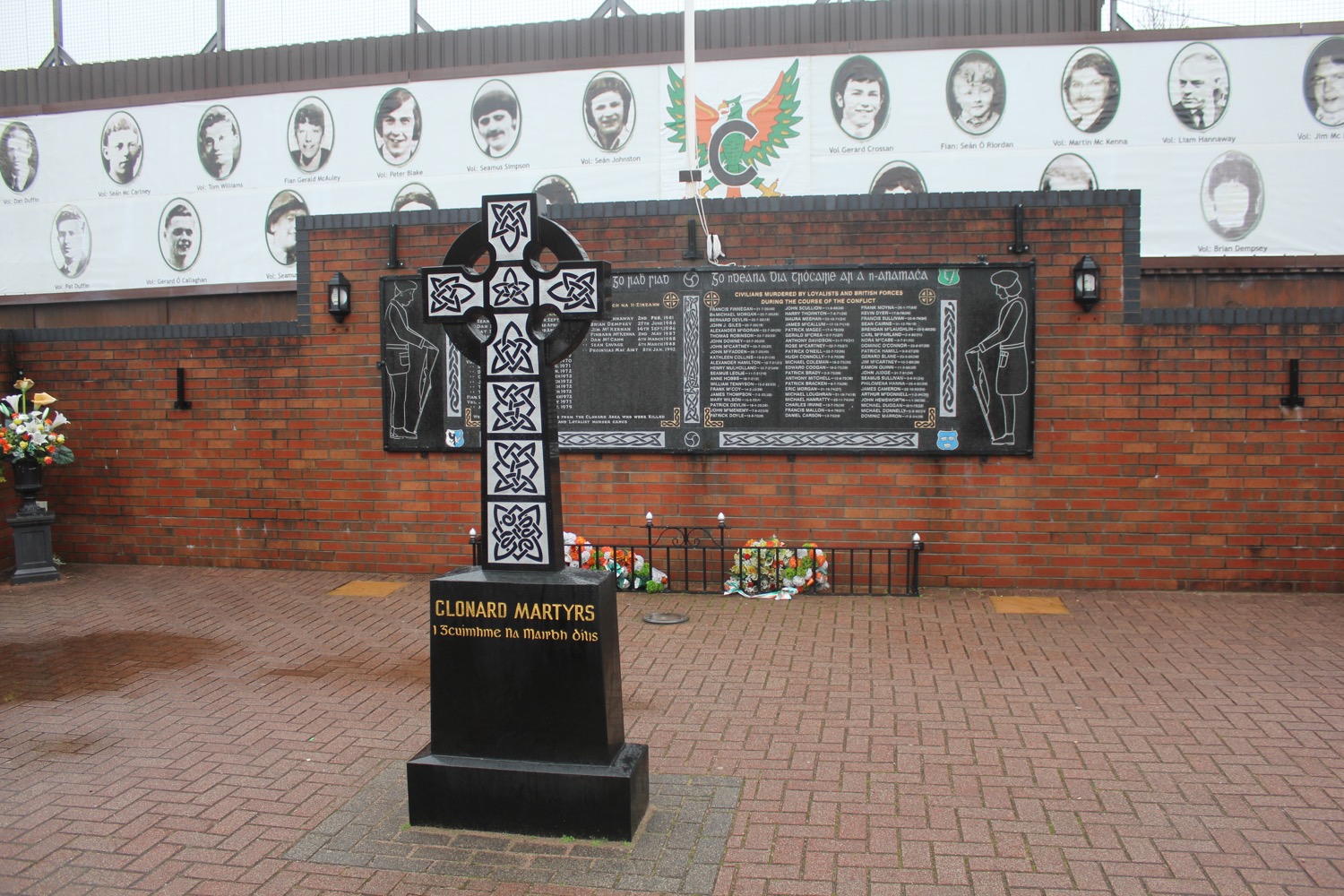

CONCLUSION
Belfast has many attractions, including the Ulster Museum, Botanic Gardens, and Titanic Museum. But the black cab tour retracing the political history of Belfast was one of the most memorable tours of my life. I highly recommend it.



I’ve done two black cab tours on two different trips to Belfast. Both were very different experiences, based on the driver and the route they chose, but both were memorable in their own ways. The one invariable seems to be that they stop at the peace wall and hand you a marker to write on it with, which I’m not a big fan of (it didn’t seem my place to do so, but I suppose you can decline).
I 100% agree that this is the must-do of Belfast.
Note about the mural with the masked unionist holding a rifle: it uses an optical illusion where the rifle is always pointed at you regardless of where you’re standing. Your pictures show this effect.
26+6=1
Interesting post, and very different. While there has certainly been plenty of blood and ink spilled about Belfast, I’m very curious if your tour covered some things that didn’t concern the conflict. You’ve made it clear that all is not fine and forgotten, but did you see much that was interesting and non partisan during your day tour?
What was the cost of This?
60EUR+20EUR tip.
My first and only time in Northern Ireland was in 1988. There were sights I wanted to see (Giant’s Causeway, the Bushmill’s Distillery), so I went. I was young and naive, and assured my parents that I would be fine. Certainly I knew about “The Troubles,” but figured I’d be OK because, “Who cares about one American?”
I flew from Glasgow to Belfast to begin my trip. This was before any sort of extra security at US airports, but all passengers traveling to Belfast had a long list of questions to answer. Then your checked luggage was x-rated, double zip-tied and secured before going into the plane.
Upon landing in Belfast I rented a car from Avis and toured myself through the country for 8 days. The first thing you noticed then were British tanks rolling through the city–many of them. Each had three uniformed soldiers at the ready, riding on top–with their hands on the trigger of their machine gun and eye through the sight. Every police station was also completely encased inside 2 storey steel walls. Small openings were at regular intervals for guns to poke through. There were cameras outside vestibuled entrances to let people in by buzzer once they were approved or deemed safe.
But the people I met in Belfast and the other counties were lovely, and at that time were also fed up with the killing and violence. Whether they were Loyalists or Republicans they told me they just wanted it to end.
Entry into each larger city required road stops about 2K out to check ID’s and passports, and there was no parking within city limits on the streets after 5:00 pm (to limit car bombings). Everywhere I went they were shocked to hear my American accent and questioned WHY I was visiting. Along the highways there were several burnt out double decker busses. When I asked a local woman from my B & B why they didn’t get rid of them, she said they were kept to show the public what a waste was bring made of their taxes. There was a bus purchased for all to use, but now it’s gone: so they’d all have to walk because there was no money for a replacement.
It’s a beautiful part of the world that had seen terrible times. But it’s definitely a place worth visiting. Seeing this post makes me want to plan another trip. I’m sure I won’t find £8 /per night B & B’s or £30 five course dinners with wine like 30 years ago, but I’ll manage. 😉
Thanks, Matthew.
So you’re now supporting terrorists?